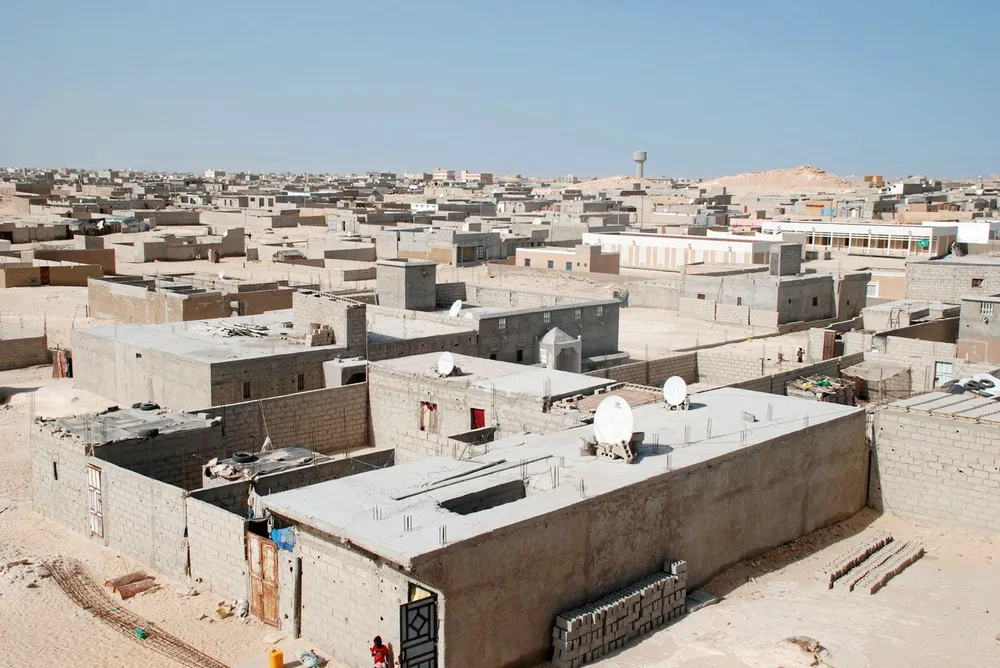Chinese state developer to build gigawatt-scale wind farm in Mauritania
Several huge green hydrogen projects are planned in Mauritania that will require vast amounts of wind and solar power

A Chinese state-owned energy conglomerate has inked a deal to build a 1.2GW wind farm in Mauritania.
China Energy Engineering Group has signed a contract to provide EPC services for the project near Nouadhibou, a port city that is the second largest in the West African country.
The China International Contractors Association and Chinese media report that the estimated construction period is three years.
The reports do not specify how power from the wind farm, far too large for the little over 100,000 inhabitants of Nouadhibou, will be used.
It could however potentially be used to support one of several huge green hydrogen projects planned in Mauritania that will need vast amounts of new wind and solar generation.
Mauritania’s green hydrogen plans, which amount to 130GW in total, are “far more than would be required” domestically but could turn the country into a “huge net energy exporter,” said Philip Totaro, CEO of renewable energy consultancy IntelStor.
European Commission president Ursula von der Leyen visited Mauritania earlier this year for a green hydrogen roundtable, where she called upon the government to produce and export both renewable green hydrogen and green steel — made using the hydrogen — to Europe.
Mauritania also has significant iron ore, copper and gold mining capacity that would benefit from electrification and decarbonisation, said Totaro, although it currently lacks the transmission infrastructure to achieve this.
The China Energy wind farm project includes building two 225kV sub-stations and a 50km transmission line to transport the power generated.
It is unclear if Chinese institutions are financing this as a Belt & Road project, said Totaro, “but it certainly helps to facilitate China's desire to have a wider influence on global markets where they will not be subjected to import duties or restrictions on how they operate.”
(Copyright)